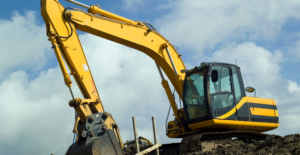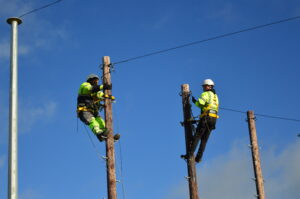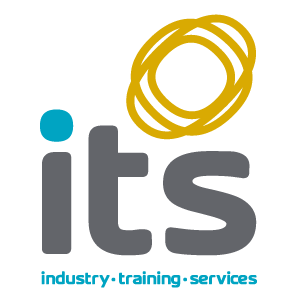Temporary works (TW) are the elements of a project that are required to facilitate the building of permanent works during construction, including groundworks, bridging, structural solutions and more. Temporary works ensure stability and strength as well as manage possible fatigue. The installation of temporary works is a crucial stage of engineering and construction as it provides a safe working environment for all involved.
Temporary works can include scaffolding, shoring, falsework and excavation support. Although temporary works are often removed after use, they do require carefully coordinated designs, equipment and supervision particularly as many TW projects include working at height activities, which can present hazards. Therefore, it is crucial that safety is adhered to and attention given to the design and construction of TW.
Whilst it is uncommon for people to have accidents when installation of temporary works is complete, erecting temporary works does present risks. The most common hazards associated with erecting temporary works include:
- Excavation collapses
- Objects falling from a height
- Getting trapped under collapsed platforms
- Getting struck by moving machinery
Failure to provide suitable design, selection and assembly can place huge risks on temporary works, increasing the risk of injury as well as presenting additional challenges associated with delayed projects on site.
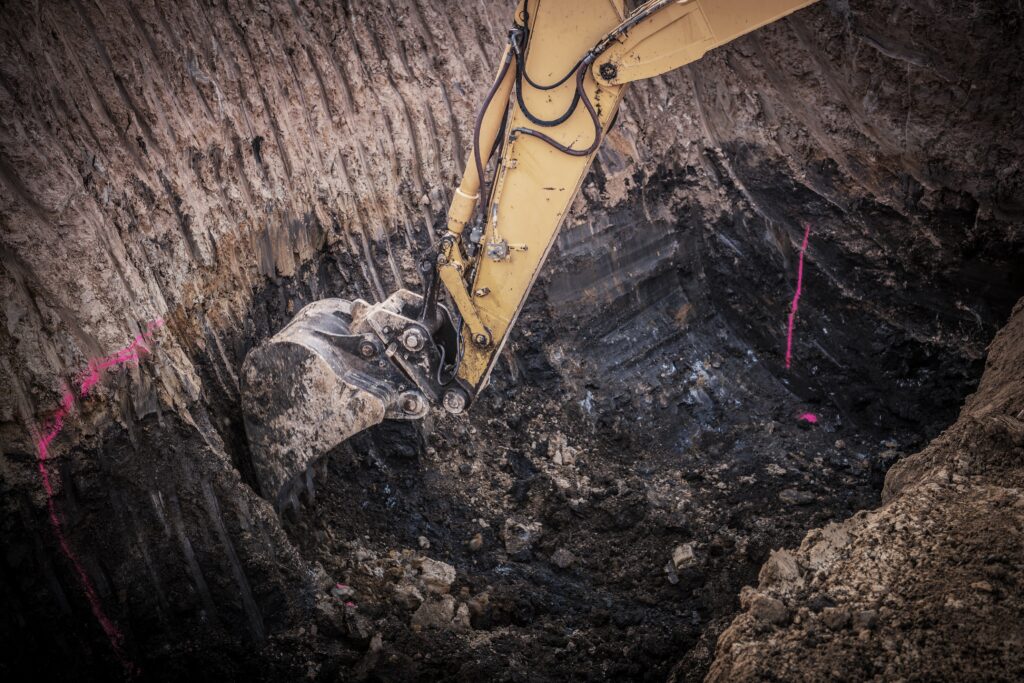
Excavation Collapses
This can occur when the sides of an excavation collapse inward, causing the workers and equipment to be buried. Temporary works for excavations must be considered carefully before excavation begins. It should be noted that equipment such as trench sheets, shoring, and props should be available prior to the start of the project.
Continual project management is required as when the weather changes, so too can ground conditions presenting unforeseen challenging conditions e.g., soil may be more unstable due to heavier rain. This could mean additional temporary works need to be installed, which falls under the temporary works aspects on a project.
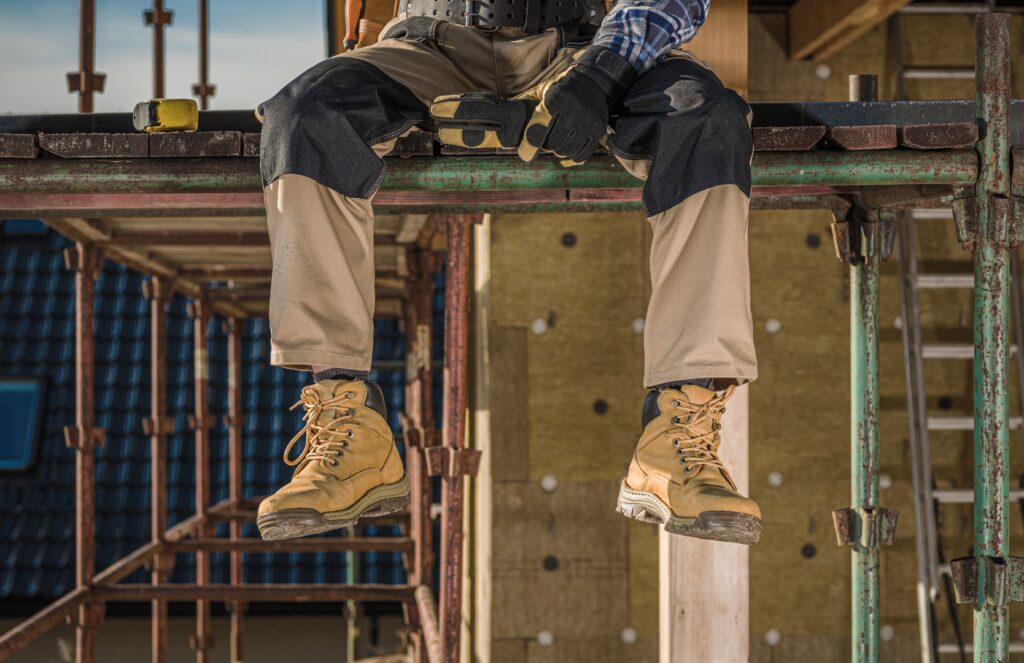
Getting Trapped Under Collapsed Platforms
One of the most common hazards associated with building temporary works is being trapped under collapsed platforms. This can occur for a variety of reasons, including overloaded platforms, poor construction, and bad weather.
Being trapped under a collapsed platform can be a very serious incident, as it can lead to crush injuries, asphyxiation, and even death. If you find yourself in this situation, it is important to stay calm and assess the situation. If you are able to move, try to crawl out from under the debris. If you are unable to move, try to create a clear space around your mouth and nose so that you can breathe. If possible, aim to attract attention by making noise or waving an object.
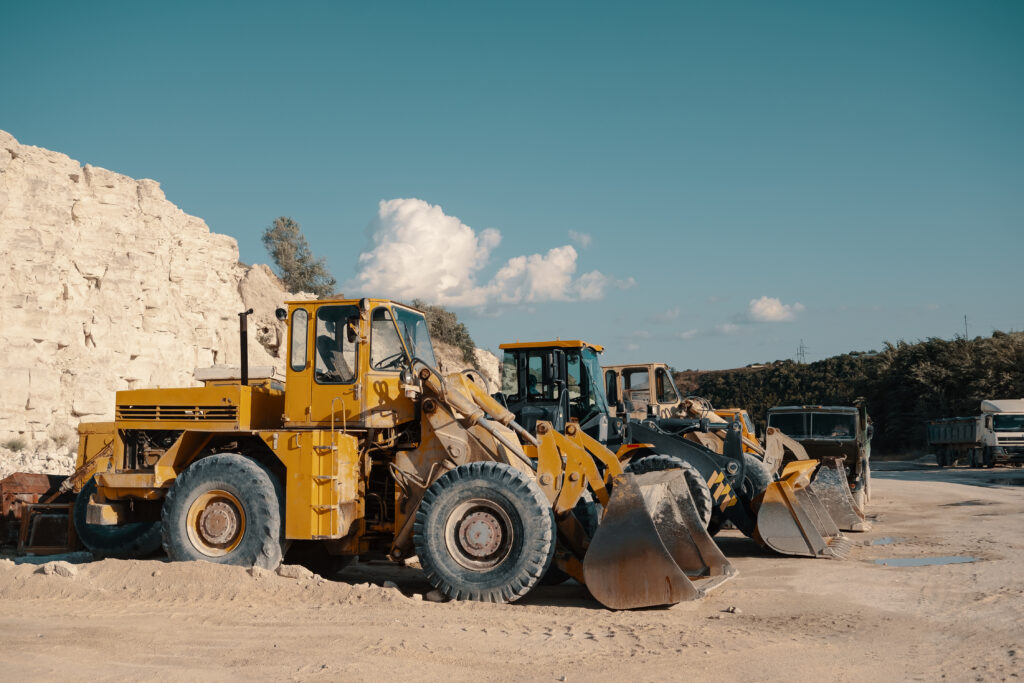
Getting Struck By Moving Machinery
One of the best ways to avoid being struck by moving machinery is to be aware of your surroundings at all times. If you are working near a crane, for example, be sure to stay well clear of the arm and any load that is being lifted. If you are working near a piece of machinery that is being moved, be sure to stay out of the way and give the operator plenty of room to work.
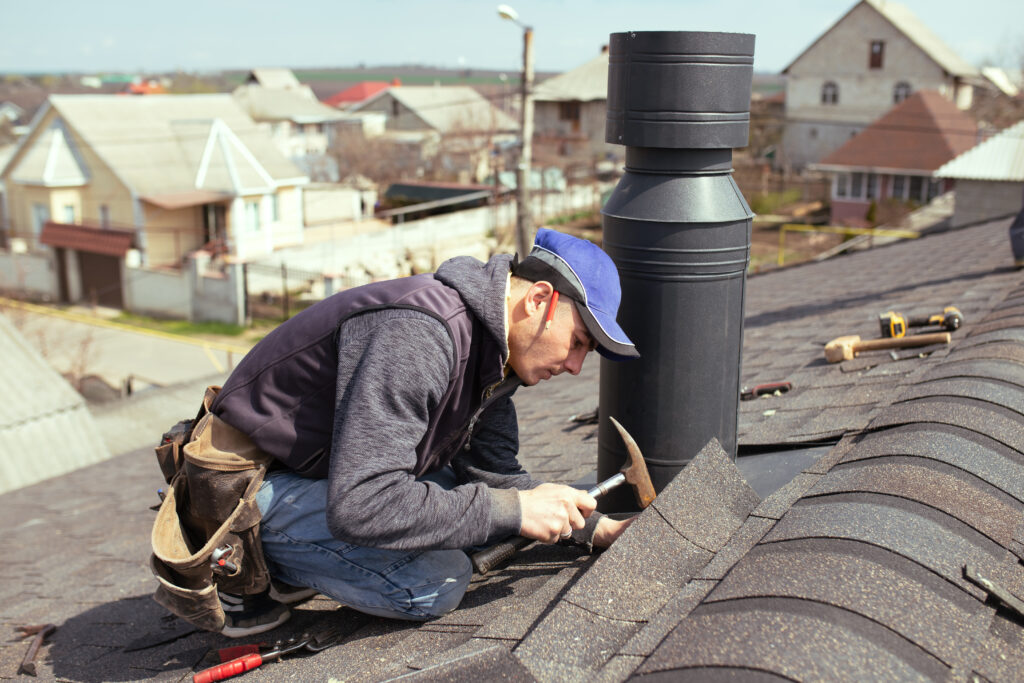
Objects Falling From Height
As temporary works can be installed from a height there is a risk of items falling from above if precautions are not taken. For example, if debris or tools are not properly secured, or if the structure itself collapses. In either case, it is important to be aware of potential dangers and risks and take appropriate measures to avoid such incidents occurring.
Personal Protective Equipment (PPE) is essential during any project, but when working at a height, many scaffolding injuries are usually caused by falling objects. Wearing a hard hat can prevent serious injury if something were to fall down onto you, whilst footwear with grip is also recommended when working on platforms.
One way to avoid falling objects is to ensure all tools and materials are properly secured before starting work. This means double-checking that all ladders and scaffolding are secure, and any loose tools are stored safely.
What do the Temporary Works courses at ITS cover?
Although TW are usually short-term structures, they are equally as important as permanent design works. TW require a high level of expertise to ensure attention to detail and avoid placing people at risk of injury. We offer a number of training courses at awareness, co-ordinator and supervisor levels:
TW Co-Ordinator: This course covers- statutory aspects of temporary works, the need for and duties of a TW Co-Ordinator, the code of best practice, risk assessments, and management of the process.
TW Awareness: This course covers what is classified as temporary works, how and why they are used, their importance of them in safety terms, common problems associated with TW, the management processes of TW, and updates on the latest publications and issues surrounding TW.
TW Supervisor: This course covers the roles and responsibilities of a Temporary Works Supervisor, risk management, legal responsibilities involved, and the 4 C’c (Communication, Co-Ordination, Co-Operation & Competency).
For more information, visit https://www.industrytrainingservices.com/courses/temporary-works/ or get in touch with us on 028 3839 8700 (NI) or 01 891 6106 (ROI)
Temporary Works | Dublin | Galway | Cork | Northern Ireland |
Further Reading
Home – Temporary Works Forum (twforum.org.uk)


